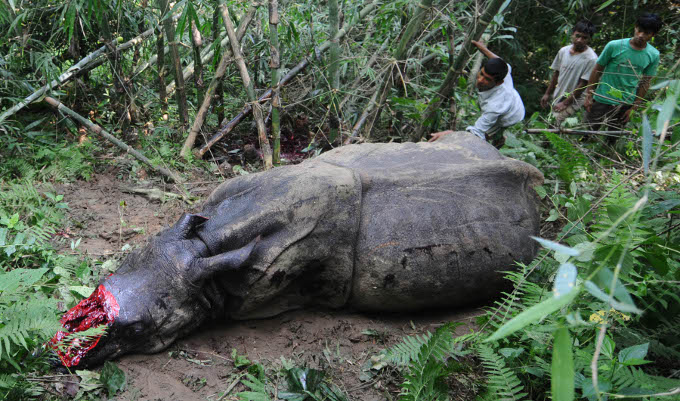Last month saw the conclusion of the latest CITES triennial conference in Thailand. For those not in the know, CITES is the world’s premier convention on transnational trade in flora and fauna and one of the few multilateral environmental treaties with actual teeth! However, before the risk of any premature jubilation, one must be aware that negotiations in the CITES are subject to every modern day dynamic of trade and politics, and decisions are often influenced by the powerful. In fact, the very drafting of the CITES treaty was done in consultation with the GATT (General Agreement on Tariffs and Trade – now the WTO) in order for it to be compatible with the trade organization. It is, perhaps, a sad indication of our times that the organization saving our future has to give way to the organization making the money.
The triennial meeting of the parties to CITES decides on the sorting of species into the three Appendices to the CITES, which indicate varying degrees of protection. Animals listed in Appendix I are meted out maximum protection, with a ban on their trade, except in very special circumstances (such as zoological transfers etc.). These exceptional instances are heavily controlled. It should therefore seem logical to anyone even remotely aware of conservation efforts that endangered species must be placed unconditionally in Annex I. However, that is not always the case.
Take the example of rhinos and elephants. Although most of either family are found in Annex I, white rhinos from South Africa and Swaziland and African elephants from South Africa, Botswana, Namibia and Zimbabwe are found in Annex II, and therefore enjoy a lesser degree of protection. One may well fail to understand the reasoning behind such a move, given both animal families are heavily threatened, especially with the recent rise in illegal poaching. One must not point fingers without proof but one cannot help noticing that China has a massive trade, aid or armaments presence in all the mentioned countries. China is also quite often regarded to be the largest market for illegal animal trade. However the largest elephant ‘supply’ states as identified by CITES are not the ones found in Annex II. The CITES identified eight nations found to have the most worrying involvement in the illegal elephant trade nexus.
The CITES, therefore had its chance to completely ban trade in rhino and elephant parts. What we got instead was a wilted stick, quite obviously aimed at appeasing nations bent on encouraging illegal animal trade. Far from banning any form of trade in rhinos and elephants, the CITES decided rather to give the eight nations (China and Thailand as importing countries, Kenya, Tanzania and Uganda as exporting countries and Malaysia, Vietnam and the Philippines as important intermediaries in the trade nexus) a deadline to reduce such involvement, or face sanctions.
Firstly, the idea of bunching these countries together is in itself flawed. The problems facing exporting countries are different from the ones of the importing nations. Exporting nations often have a massive lack of funds and manpower to safeguard animals and further lack the technology to stop illegal products at exit points. A more detailed involvement as well as increased funding is a more plausible route. In case of the importing nation, the use of illegal animal parts is culturally endemic. Nothing less than a complete ban can even begin to set things off in the right direction, and even then one must hope for the moral indefensibility of illegal trade (a farfetched hope indeed).
Secondly, it is a fool’s hope to think the sanctions of an environmental organization can do much to deter the inclinations of an economic powerhouse like China. The simple math is that as long as a market remains, the illegal trade in rhino and elephant parts is going nowhere. What is even more worrisome is that the spill over effect of such a market goes beyond just two species, into other animal demands as well (such as the Indian tiger). For all their self-congratulatory jubilations, the CITES missed a valuable opportunity at the Thailand conference.


